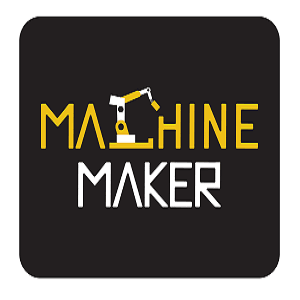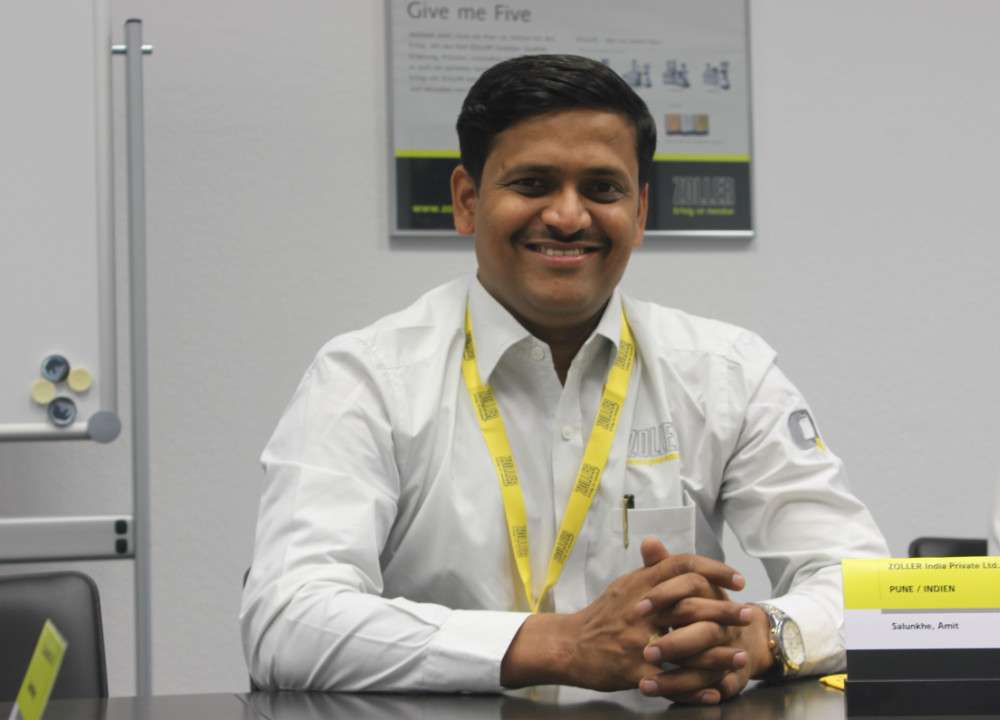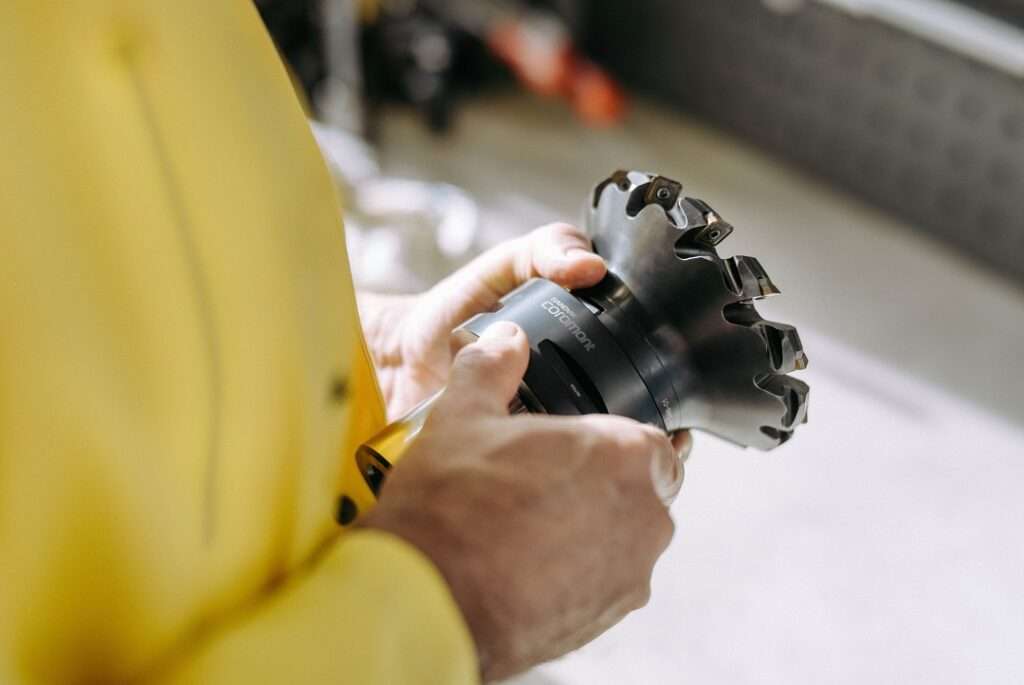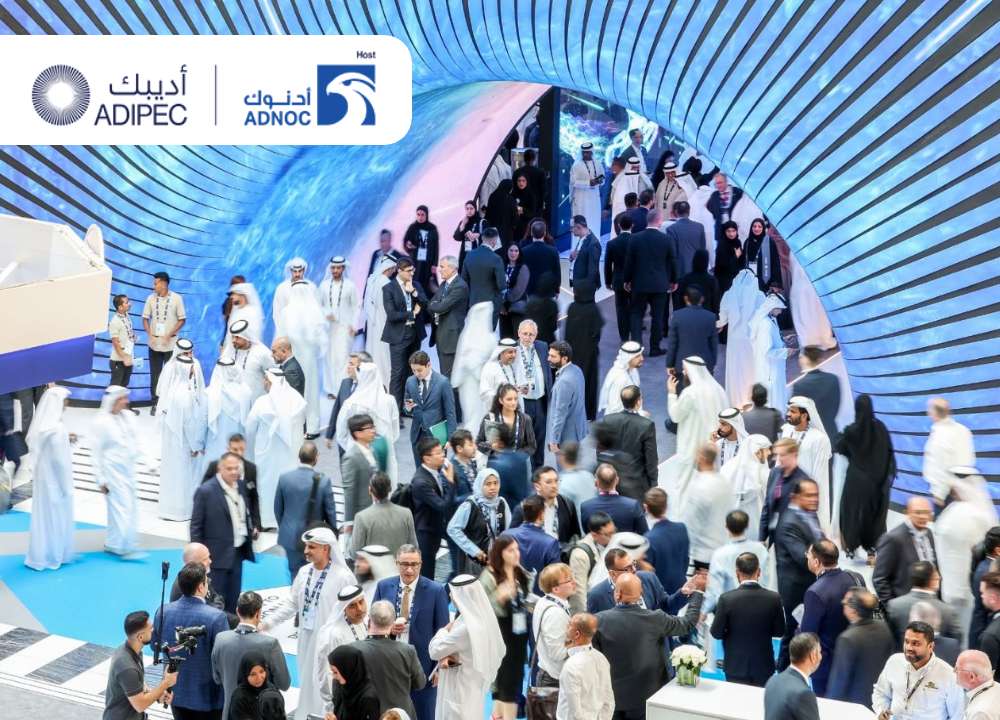Despite failing to land a campus job as a mechanical engineer, partly for being a woman and partly for the prevalence of IT jobs vis-à-vis core engineering jobs, she refused to give up. She persisted and persevered, and finally, her dream took flight, and today she is employed as a distinguished woman Manufacturing Engineer with one of the world’s largest manufacturers of commercial aeroplanes, Boeing. And in doing so, Manogna has certainly set a benchmark for other women to take their own flight of faith in their own dreams and dedication.
From Campus Placement to Dream Job
Manogna’s journey started when she joined Wipro as a project engineer through campus placement after graduating as a Mechanical Engineer from Andhra University in 2017. Although she was happy to have a job, she knew that her true passion lay in the mechanical domain. So, she began to search for opportunities in that field. She scoured LinkedIn, job portals, and company websites for almost a year, but her efforts were in vain. “Most of the companies I applied to preferred experienced staff, and the opportunities for freshers were scarce,” she said.
Despite her struggles, Manogna refused to give up. She continued to look for opportunities and network with people In her field. Finally, after a year of hard work, she was selected as a manufacturing engineer at GKN Aerospace. It was a dream come true for her, and she was determined to make the most of this opportunity. “For women, being in the manufacturing industry has been a great achievement, as I find very little female participation in the job in this domain.”
In GKN Aerospace, Manogna worked on lean manufacturing and became a level four practitioner in statistical process control (SPC). During her tenure with the company, she learned a lot about the field and grew as an engineer. Her hard work and dedication paid off, and after completing almost three years with the company, Manogna’s dream reached its zenith as she joined one of the world’s largest commercial aircraft manufacturers, Boeing, as a Manufacturing Engineer. She is currently working at Boeing Commercial Business Unit BCA, which includes all the commercial planes of the company, including the Boeing 732, Boeing 747, and so on. As she shares this journey, her face glistens with pride and contentment. “I felt happy and proud to be in the manufacturing domain, which I believed was an evergreen field.”
Advancing Technology for Women’s Empowerment
According to her, women may be hesitant to enter the manufacturing field due to challenges they may face on the shop floor, “Some of my friends have shared stories of experiencing challenges while working on the shop floor, but she is optimistic that advancements in technology and automation have helped reduce these challenges by making work more efficient and requiring less manual effort.

Manogna realised that being a woman in the mechanical domain was not easy all the way around. Although she did not face any bias in college, she found that there were fewer women in the organisations she applied to. “The number of women studying engineering courses in our colleges does not necessarily show the disparity or gender bias in a particular field, but this number declines abruptly in the real job world”, she felt. It was disheartening to see the lack of diversity in her field, but she was determined to change the lack of diversity in her field.
Awareness of gender equality is being raised worldwide, and companies like Boeing and Phillips are trying to maintain diversity ratios among their employees. Mary MNCs have set a target of having 20% women employees to maintain a particular diversity ratio, and this is an encouragement for women employees in manufacturing and other fields: “I believe that more needs to be done to encourage women to enter the field of manufacturing.” For Boeing, she clarifies that though the ratio is not valid for India, where Boeing does not have a manufacturing unit, the ratio is maintained at 25% women in the total workforce elsewhere in the world, including the USA and Europe.
Manogna suggested that awareness about women’s empowerment in manufacturing should be created right from the days of studies, such as Bachelor’s or Master’s programmes, or even earlier. She believed that the curriculum should be designed to encourage women to dream of entering the manufacturing field and feel safe and supported as they progress in their careers. She also pointed out that automation and new technologies in the industry have made physical work more accessible for women, and this should be communicated to female employees around the world, especially in India, where women are hesitant to enter the manufacturing field. “Companies can take the help of social media platforms to create this awareness and motivate women to take jobs in manufacturing as a rewarding career”, she suggests.
Experience Matters

Manogna was grateful for the opportunities she had received, but she knew that many women in the world were not as fortunate. Although India is making significant progress in innovations and developments in technology, there need to be more avenues for women in manufacturing. “Traditional thinking on women’s empowerment needs to be reduced, and women’s empowerment in manufacturing should be celebrated everywhere.”
Manogna believes that connecting with experienced individuals with 20 to 25 years of experience would be helpful as they would have different perspectives, views, and takeaways, which could benefit women in manufacturing. While she only has five years of experience, connecting with more experienced individuals would help others become aware of what is happening and what they can do to develop their technical skills in manufacturing.
Manogna’s journey is an inspirational story of a woman who refused to give up on her dreams. She faced several challenges as a woman in the male-dominated field of mechanical engineering, but she refused to give up. Today she is a successful manufacturing engineer at Boeing, and her story serves as an inspiration to other women who dream of pursuing careers in manufacturing. Manogna’s journey highlights the importance of creating more opportunities for women in the field, raising awareness about gender equality, and redefining traditional thinking on women’s empowerment.







